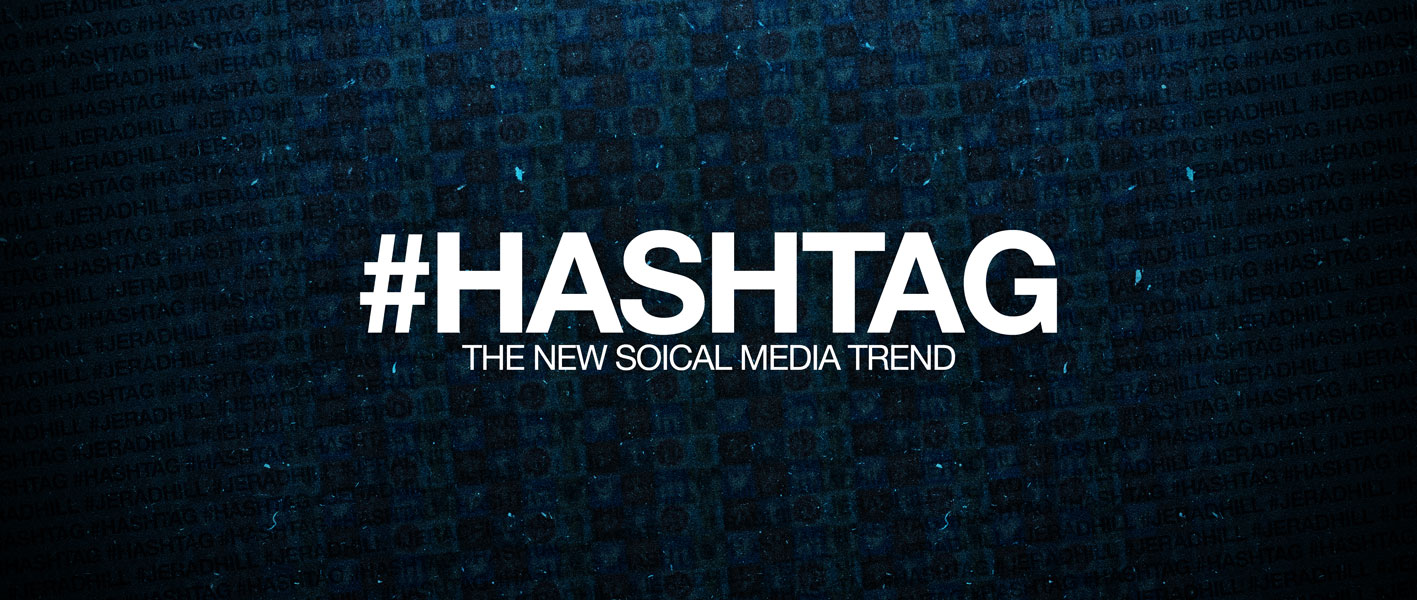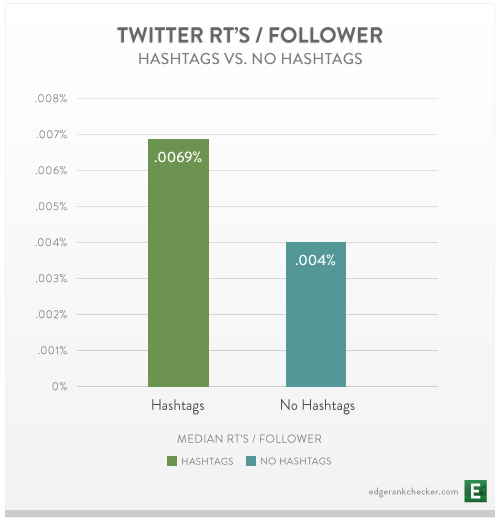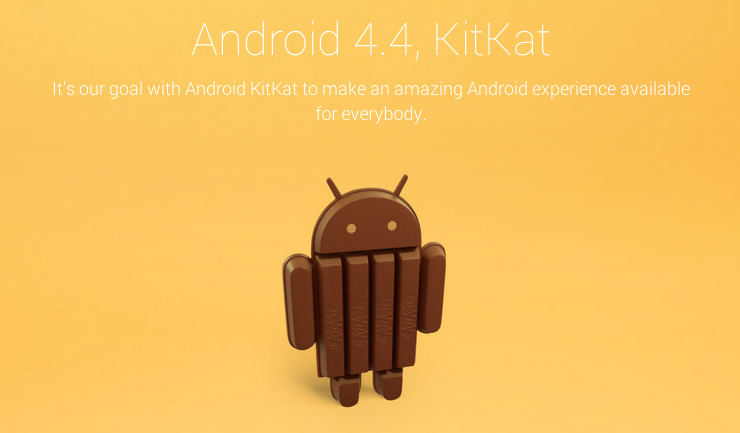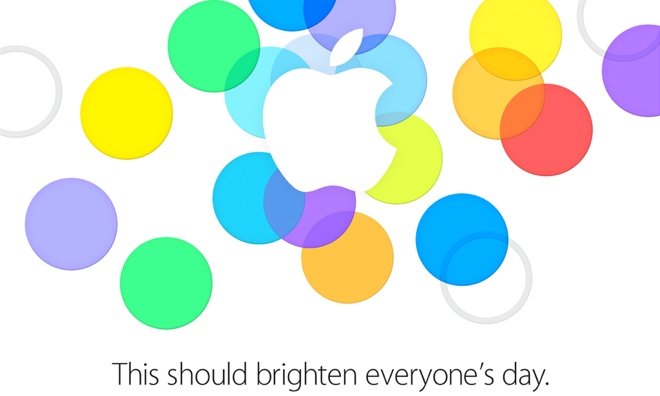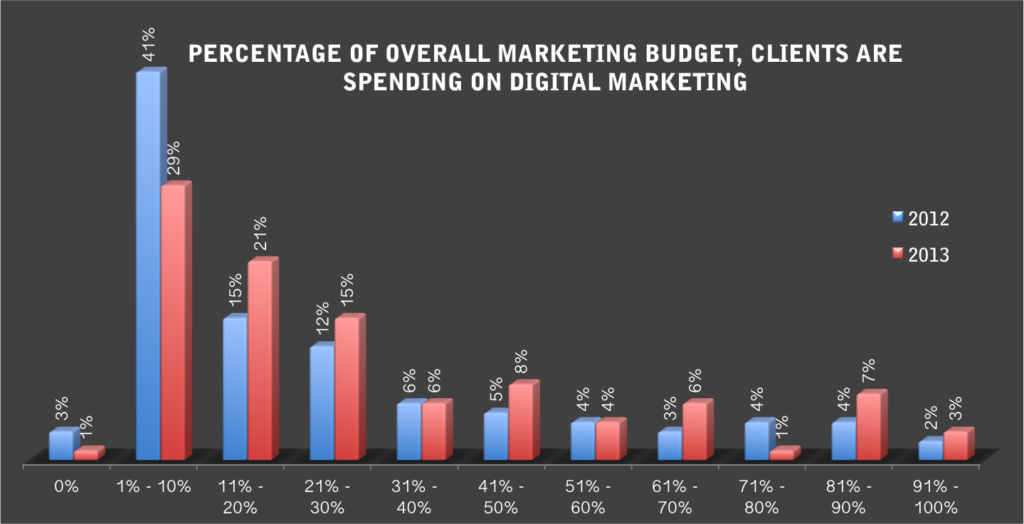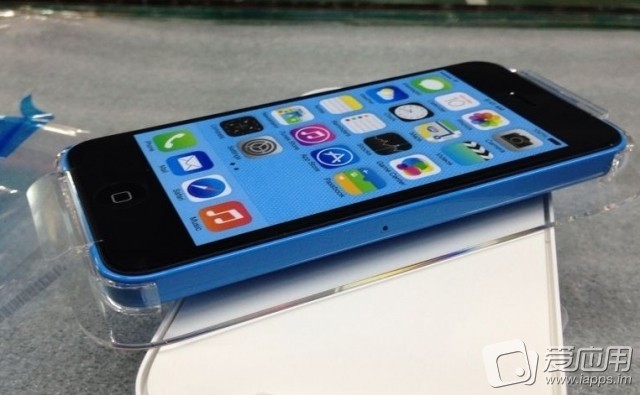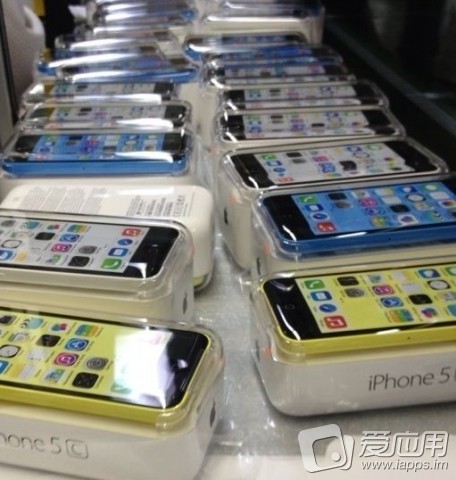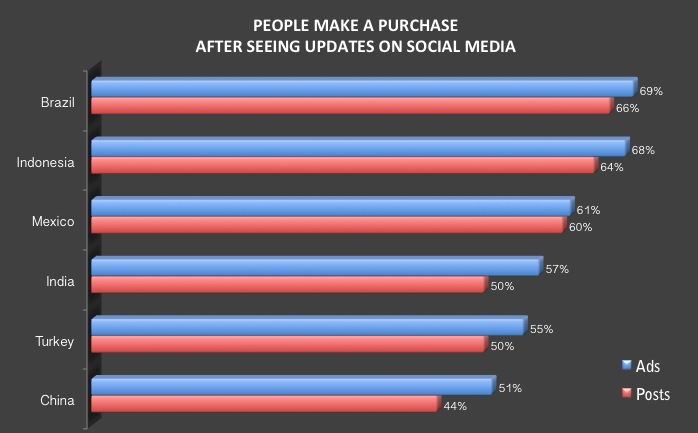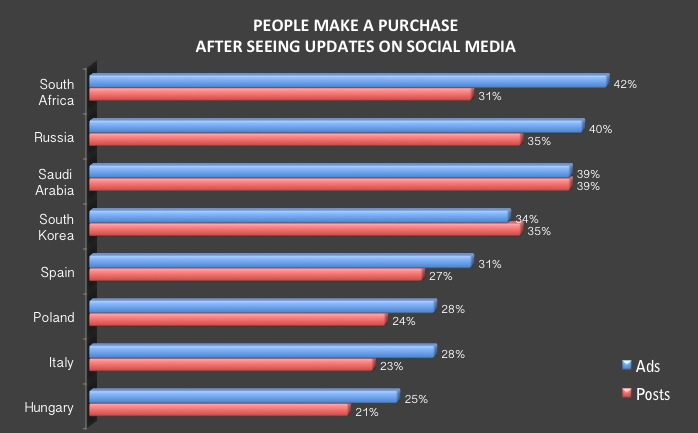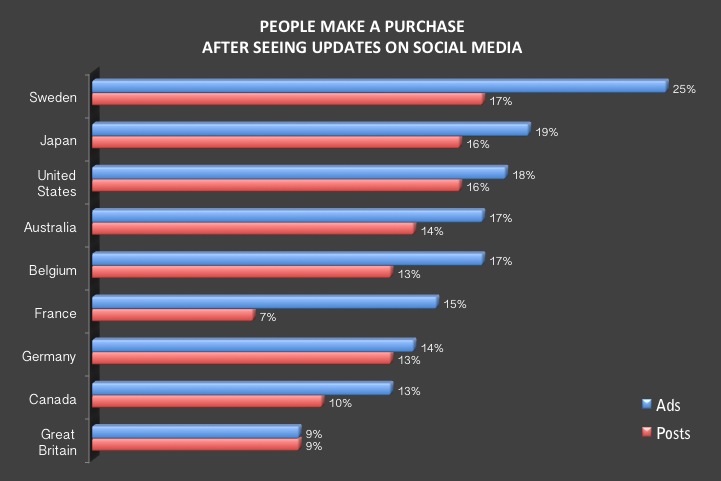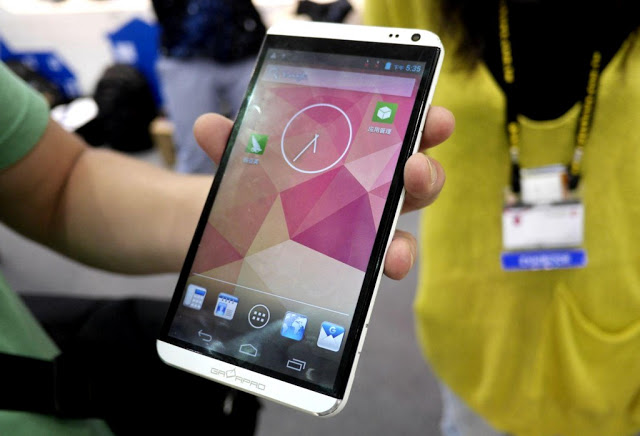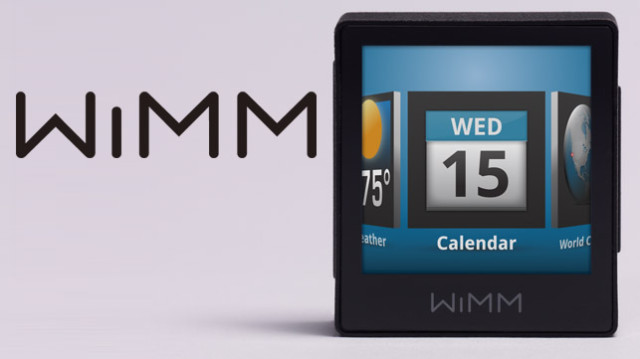In a Google Plus post by Sundar Pinchai yesterday, he announced that Android has now been activated on more than 1 billion devices. Google Inc. (NASDAQ:GOOG) had announced earlier in May that their OS had touched the 900 million mark and will cross the 1 billion mark by October this year. Andy Ruben, Google vice-president told that 1.3 million devices were activated per day, and with this pace it’s not a surprise to see them reach the 1 billion mark way before the predicted date. As we mentioned in our earlier post, the Chinese market perhaps is the major contributor to Android’s recent success as it accounts for one-third of the entire market share of Android. Moreover, Samsung (KRX:005930)- the biggest Android vendor played a significant role in the prevalence of the OS across the world with its hugely popular Galaxy and Note series of smartphones and phablets.
We now have over 1 Billion Android activations and hope this guy in front of the building keeps that momentum going pic.twitter.com/V0VovgmObl
— sundarpichai (@sundarpichai) September 3, 2013
A Well-Deserved KitKat Break
Android chief Sundar Pichai revealed that the next version of Google Inc.’s Android software will be named ‘KitKat’ – the popular chocolate bar from confectionary manufacturer Nestle. This unique partnership between Google and Nestle was confirmed yesterday by Nestle in a tweet yesterday. Although no money has been exchanged between the two companies, the long-term investment will probably pay dividends to both the companies, according to BBC.
Every iteration of Android – the six year old mobile operating system, was always named after a sweet treat of some kind, namely Cupcake, Éclair, Froyo, Gingerbread, Honeycomb, Ice Cream Sandwich and Jelly Bean but this is the first time the company will use a name which is an actual brand name. John Lagerling, director of Android global partnerships, said that the idea was to do something “fun and unexpected”.
Why ‘KitKat’ and not ‘Key Lime Pie’?
Although the forthcoming version was referred to as ‘Key Lime Pie’ by developers in internal documents, Mr. Lagerling said the team decided late last year to opt for the chocolate bar.
Lagerling : We realised that very few people actually know the taste of a key lime pie.
“One of the snacks that we keep in our kitchen for late-night coding is KitKats. And someone said: ‘Hey, why don’t we call the release KitKat?’”
Mr. Lagerling said he made a call to Nestle’s UK advertising agency at the end of November 2012, to propose the tie-up. The Swiss firm invited him to take part in a conference call the next day and 24 hour later, the deal was confirmed.
To promote the alliance, Nestle now plans to deliver more than 50 million chocolate bars featuring the Android mascot to shops in 19 markets, including the UK, US, Brazil, India, Japan and Russia.
The packaging had to be produced in advance over the past two months. But despite the scale of the operation, the two firms managed to keep the story a secret.
Who’ll Benefit More?
The bigger issue is to understand the risks of such partnerships and how they might affect the brands. In this instance, the Android-KitKat partnership sure looks creative and clever. Almost all the consumers worldwide know what a KitKat bar is and may have a good perception about the brand.
“The risk however is that should one of these two brands (Android and KitKat) has a recall or scandal, it will taint the other”- said Alyson Stewart-Allen, Director, International Marketing Partners, BBC.
Furthermore, the use of the KitKat name, may only end up promoting Nestle as referring to the OS as ‘Android KitKat’ may sound cumbersome, so when everyone talks about the latest version of Android, it’ll become synonymous with KitKat.
The release date of Android 4.4(KitKat) is not official yet and there is no official news about new features that KitKat will offer to smartphone users. Android’s developer dashboard shows a majority of Android users are using Ice Cream Sandwich or Jelly Bean, the two most recent versions – which defy the claims some people have been making that Android updates are slow.


